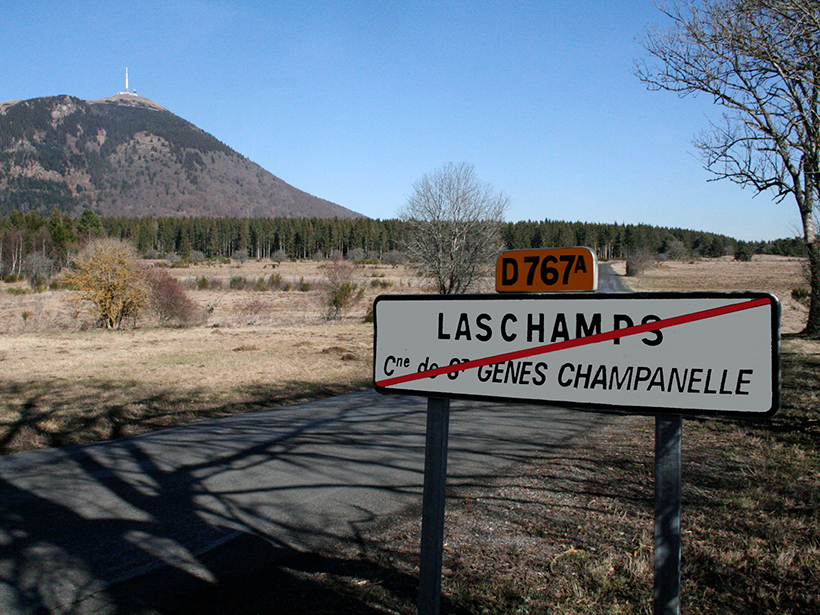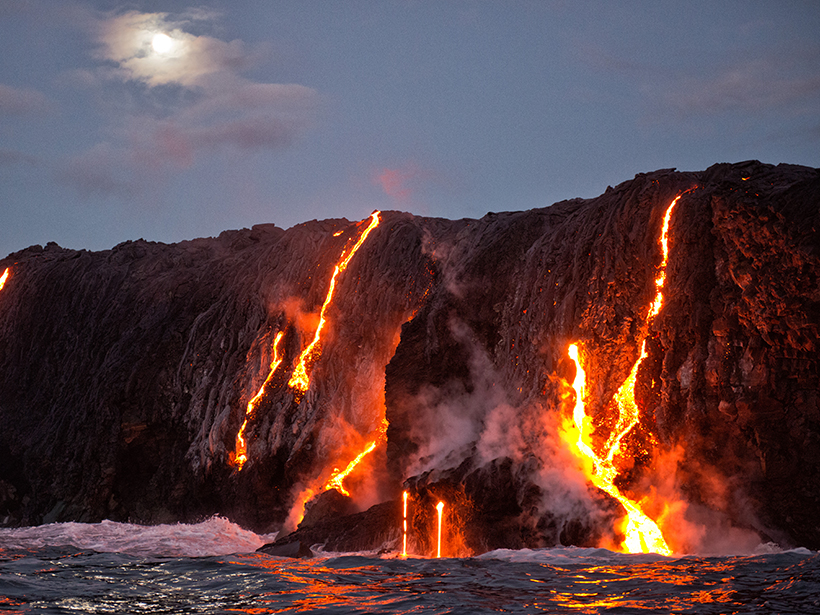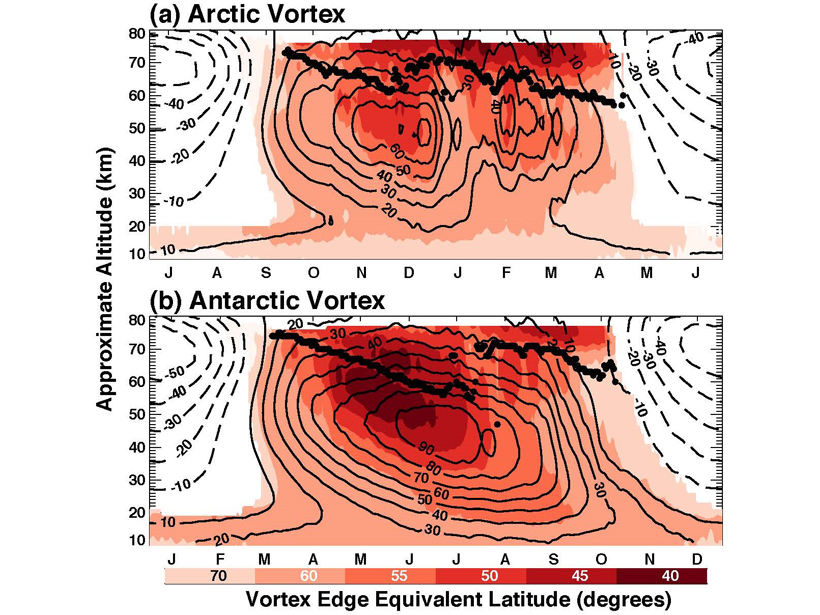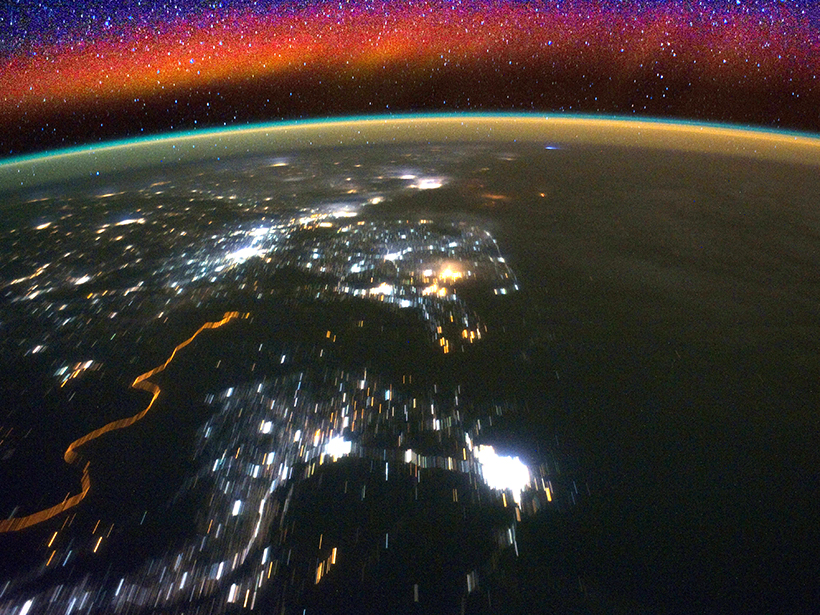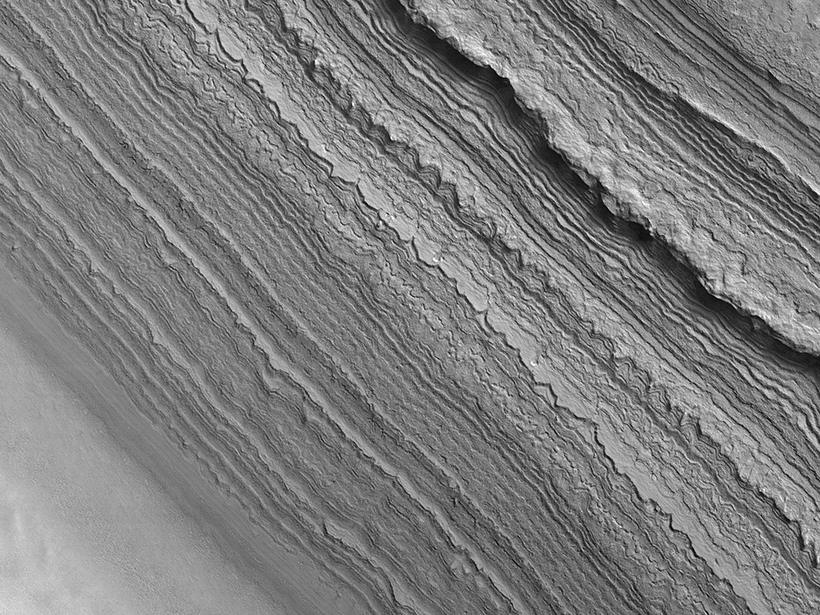A new study quantifies how space weather may affect polar transcontinental flight.
poles
Atmospheric Gravity Wave Science in the Polar Regions
A joint special issue explores the potential of collaboration to help understand atmospheric gravity waves in the Polar Regions and their effect on global circulation.
Changing Name for Earth’s Changing Poles
The name of one geomagnetic pole reversal, the Laschamps excursion, somehow lost its s as it wandered through the scientific literature. It’s time to set the record straight.
Tracking Regional Climate Change from Pole to Pole
8th Third Pole Environment Workshop; Gothenburg, Sweden, 24–26 September 2018
Magnetic Anomalies on the Pacific Plate Reveal True Polar Wander
A new study rebuffs the standard approach to paleomagnetism and offers an updated methodology and new locations of paleomagnetic poles.
Updates on Understanding Mars’s Recent and Present-Day Climate
Mars Workshop on Amazonian and Present-day Climate; Lakewood, Colorado, 18–22 June 2018
Remote Sensing Leads to Better Understanding of Polar Regions
Fifteenth International Circumpolar Remote Sensing Symposium; Potsdam, Germany, 10–14 September 2018
New Characterization of the Mesospheric Polar Vortices
Polar vortices play a central role in coupling the atmosphere from the ground to the middle atmosphere. New satellite diagnostics describe mesospheric polar vortices and coupling to lower altitudes.
High-Altitude “Wind Walls” Discovered near Magnetic Poles
Satellite imaging reveals two narrow channels of extreme winds surrounded by gentle opposing flow 140–250 kilometers above sea level.
Evidence of Regional Deposition in Mars’s South Polar Deposits
Shallow Radar correlation of discrete units in one of the Red Planet’s largest ice reservoirs suggests that its material was emplaced as a single, regional deposit.



